The ear belongs to the sense organs. With it, the sound and thus sound and noises are absorbed as acoustic perception. The ear also serves as an organ of equilibrium.
What is the ear

The ear is used for listening and maintaining balance. It is made up of the outer ear, the middle ear and the inner ear. In the ear canal of the ear there are glands that continuously produce ear wax.
This fatty secretion has important protective functions for the ear. This prevents the sensitive skin in the ear canal from drying out. Furthermore, the ear wax envelops dust and dirt particles that have found their way into the ear. With the help of the lard, they can be transported towards the auricle and thus to the outer ear.
The ear is also an organ that reacts sensitively to external influences. This can lead to specific diseases that can have a lasting impact on the person concerned. The ear, nose and throat doctor is consulted if the ear has problems.
Anatomy & structure
The human ear appears as a couple and sits on the head. It is divided into three areas. The outer ear includes the earlobe, the auricle and the external auditory canal.
The middle ear is made up of the eardrum and the ossicles, anvil, hammer and stirrup. The so-called Eustachian tube connects the middle ear with the nasopharynx. The inner ear consists of the cochlea and the labyrinth. In these, the sound is converted into impulses and the organ of equilibrium is controlled.
The structure of the labyrinth and the cochlea are similar. Both are filled with a liquid and have hair cells. The small hairs reach into the liquid. They have a crucial function in triggering nerve impulses and for controlling the sense of balance.
Functions & tasks

The ear play important functions for the human body. The outer ear and middle ear are also called sound conduction apparatus. The name is based on their task to pick up sound waves from the environment and pass them on to the inner ear.
The inner ear has two functions. Accordingly, it can be divided into two functional areas. The cochlea is the actual organ for hearing. It is a sound sensory apparatus. With their help, the brain can process the incoming sound waves. Humans can pick up sound waves in the frequency range from 16 to 16,000 Hertz.
If the sound waves are above or below, they are outside the audible spectrum for people. The hearing organ is particularly sensitive to any frequency between 1,000 and 4,000 Hertz. This is an area that is particularly critical to language. The organ of equilibrium, on the other hand, has nothing to do with the sense of hearing.
However, it is also located in the inner ear and, together with the hearing organ, is known by scientists as the organum vestibulocochleare. With the help of the balance organ in the ear, a person can register the movement and position of the head and determine changes.
Diseases
The human ear is susceptible to various diseases which are very specific to the affected area of this organ. The outer ear has delicate skin in the ear canal. The auricle is particularly susceptible to infectious diseases with fungi and bacteria.
This often leads to an ear infection. If this is poorly treated and spreads to the bone around the ear canal, a cholesteatoma can occur. This can only be treated surgically. However, suppuration and inflammation can also affect the middle ear.

As a result, overpressure occasionally develops there, which expands the eardrum. This in turn triggers an earache.
The middle ear infection can also spread to the bones and even destroy them. This part of the ear can also be damaged by very large amounts of sound. This is known as a pop trauma. The most common diseases in the inner ear develop as a result of a pop trauma or constant exposure to noise. Initially, only the outer hair cells are damaged.
The damage later spreads to the inner hair cells. This leads to a lack of conversion of the sound stimuli into nerve impulses, which is known as hearing loss. In this context, the well-known tinnitus also occurs. Viral infections such as measles, meningitis, and mumps can also affect this inner area of the ear.
You can find your medication here
➔ Medicines for earache and inflammationTypical & common diseases
- Ear flow (otorrhea)
- Otitis media
- Ear canal inflammation
- Mastoiditis
- Ear furuncle


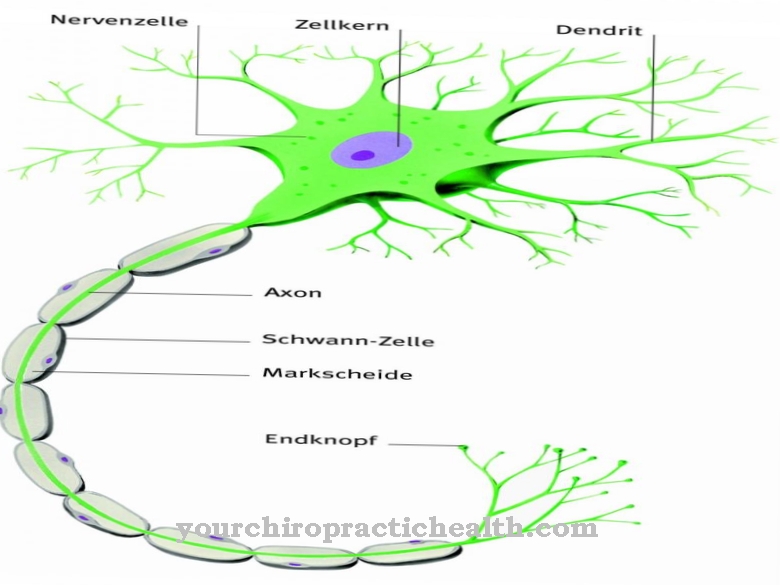
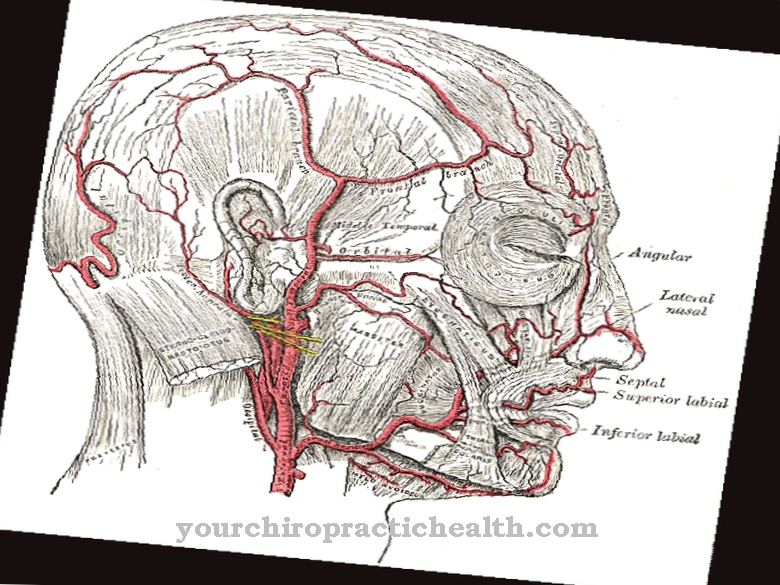
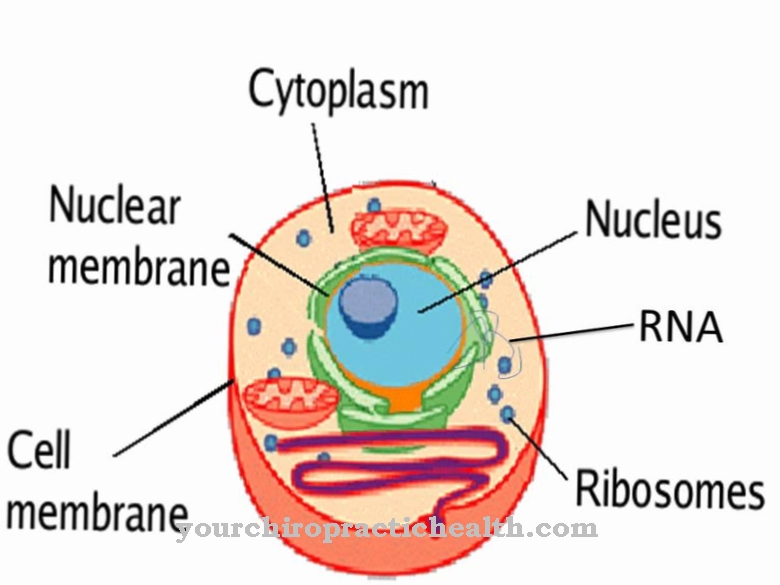
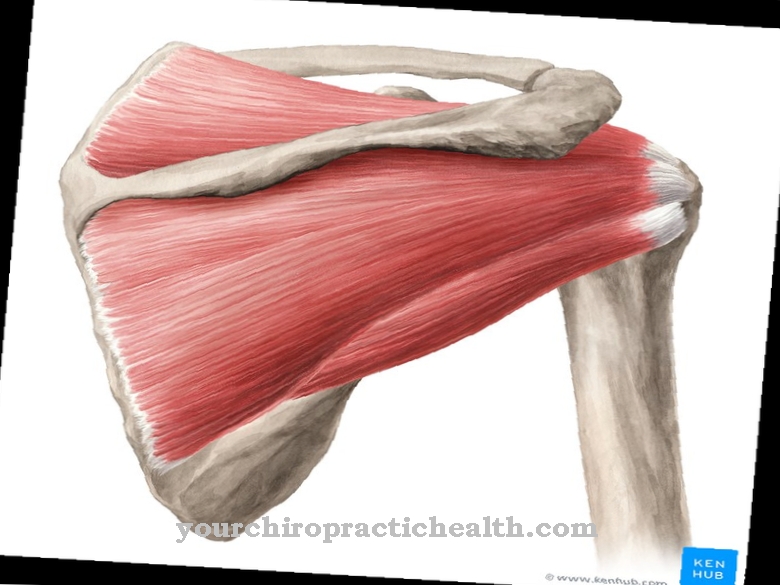
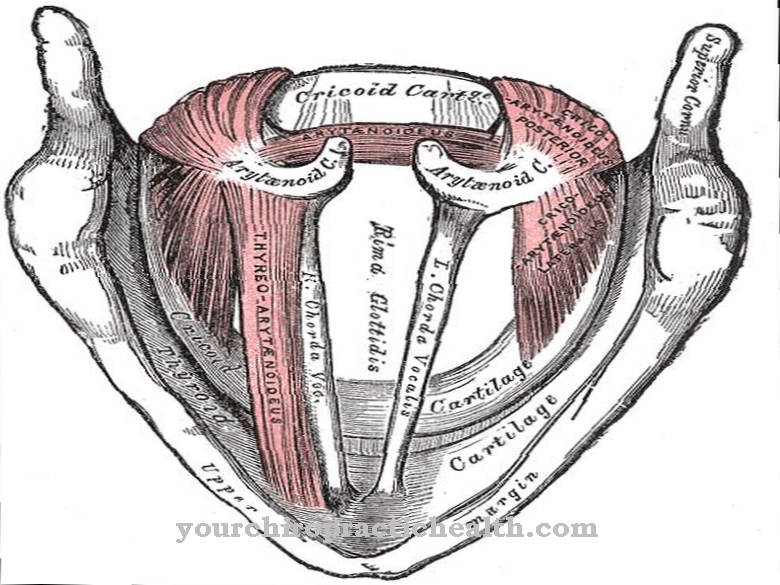

















.jpg)



